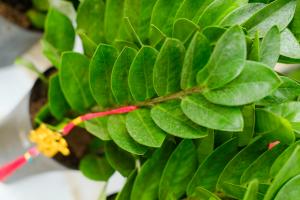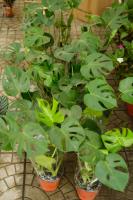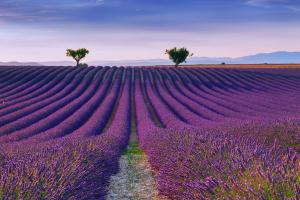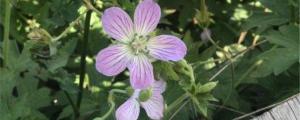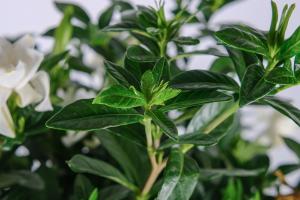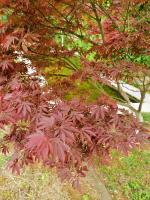What Kind of Substrate for Water Garden Plants?
If you're planning on creating a water garden, one of the most important factors to consider is the substrate. The substrate is the material that anchors your water garden plants and provides nutrients and oxygen for them to thrive. Choosing the right substrate is crucial for the health and longevity of your water garden plants. Here are some options to consider:
Gravel or Pebbles
Simple and easy to find, gravel or pebbles are a popular substrate for water garden plants. They allow water to flow through easily, which is important for healthy root development. Gravel and pebbles are also visually appealing and come in a variety of colors and sizes, making it easy to create an aesthetically pleasing water garden. However, gravel and pebbles do not provide any nutrients for the plants, so additional fertilization will be necessary.
Sand
Similar to gravel or pebbles, sand is a popular option for water garden plant substrate. It is visually appealing and allows water to flow freely, which is necessary for healthy root growth. Sand is also relatively inexpensive and easy to find. However, like gravel and pebbles, sand does not provide any nutrients for the plants, so additional fertilization will be necessary.
Aquatic Soil
Aquatic soil is specifically designed for water gardens and is the ideal substrate for water garden plants. It is rich in nutrients and holds water well, providing an ideal environment for the plants to flourish. Aquatic soil can be found at garden centers and online retailers. However, aquatic soil can be difficult to work with, as it tends to be muddy and heavy. It may also be more expensive than some other substrate options.
Aquatic Planting Baskets
Aquatic planting baskets are a convenient option for water garden plants. These baskets are designed to contain the plants and substrate, making it easy to move and rearrange plants as needed. They also allow water to flow freely, promoting healthy root growth. Aquatic planting baskets can be filled with a variety of different substrates, including gravel, sand, and aquatic soil. However, they may not be as visually appealing as some other substrate options.
The Bottom Line
When it comes to choosing a substrate for your water garden plants, it's important to consider your goals, budget, and aesthetic preferences. Gravel, pebbles, sand, and aquatic soil all have their own advantages and disadvantages. Ultimately, the best substrate for your water garden will depend on your unique needs and preferences. Whatever substrate you choose, remember to provide your plants with regular fertilization and maintenance to ensure their health and longevity.

 how many times do yo...
how many times do yo... how many planted tre...
how many planted tre... how many pine trees ...
how many pine trees ... how many pecan trees...
how many pecan trees... how many plants comp...
how many plants comp... how many plants can ...
how many plants can ... how many plants and ...
how many plants and ... how many pepper plan...
how many pepper plan...